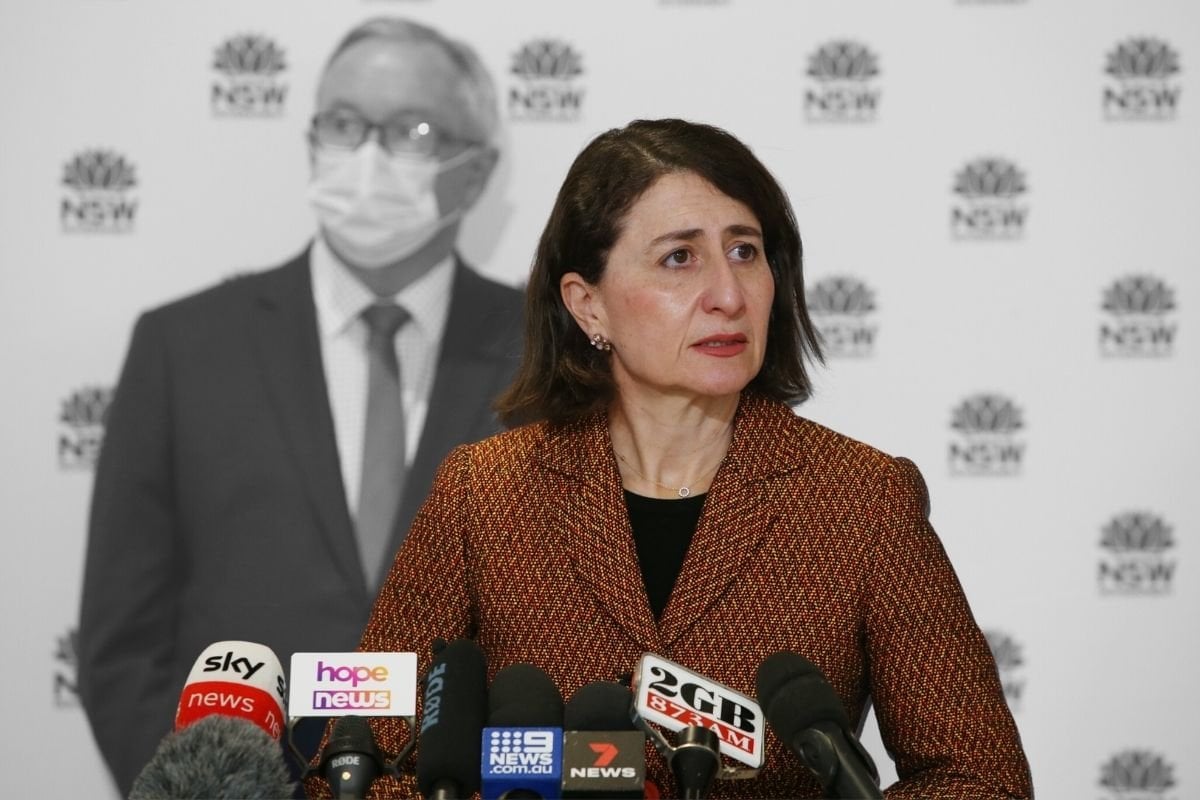
With a four-week lockdown extension confirmed for Greater Sydney, affected NSW residents will now endure 63 days of being confined to their homes.
For the past nearly five weeks in lockdown, the numbers have plateaued a little but they haven't reduced, and there's growing concern they simply won't. The Delta variant is, as NSW Premier Gladys Berejiklian keeps reminding us, a "game-changer."
The NSW government, in announcing an extra month in lockdown and 177 new cases, has opted against enforcing stricter rules like Victoria's stage five. They're instead hoping that a localised and targeted approach against eight of the most affected Local Government Areas will have the desired effect.
But as Dr Norman Swan warns, "another month of lockdown won’t make much of a difference unless they strengthen the settings very significantly. Hard to find an epidemiologist who disagrees with that."
Another month of lockdown won’t make much of a difference unless they strengthen the settings very significantly. Hard to find an epidemiologist who disagrees with that. Today’s Coronacast. https://t.co/lwoqDljAm6
— Norman Swan (@normanswan) July 27, 2021

Top Comments